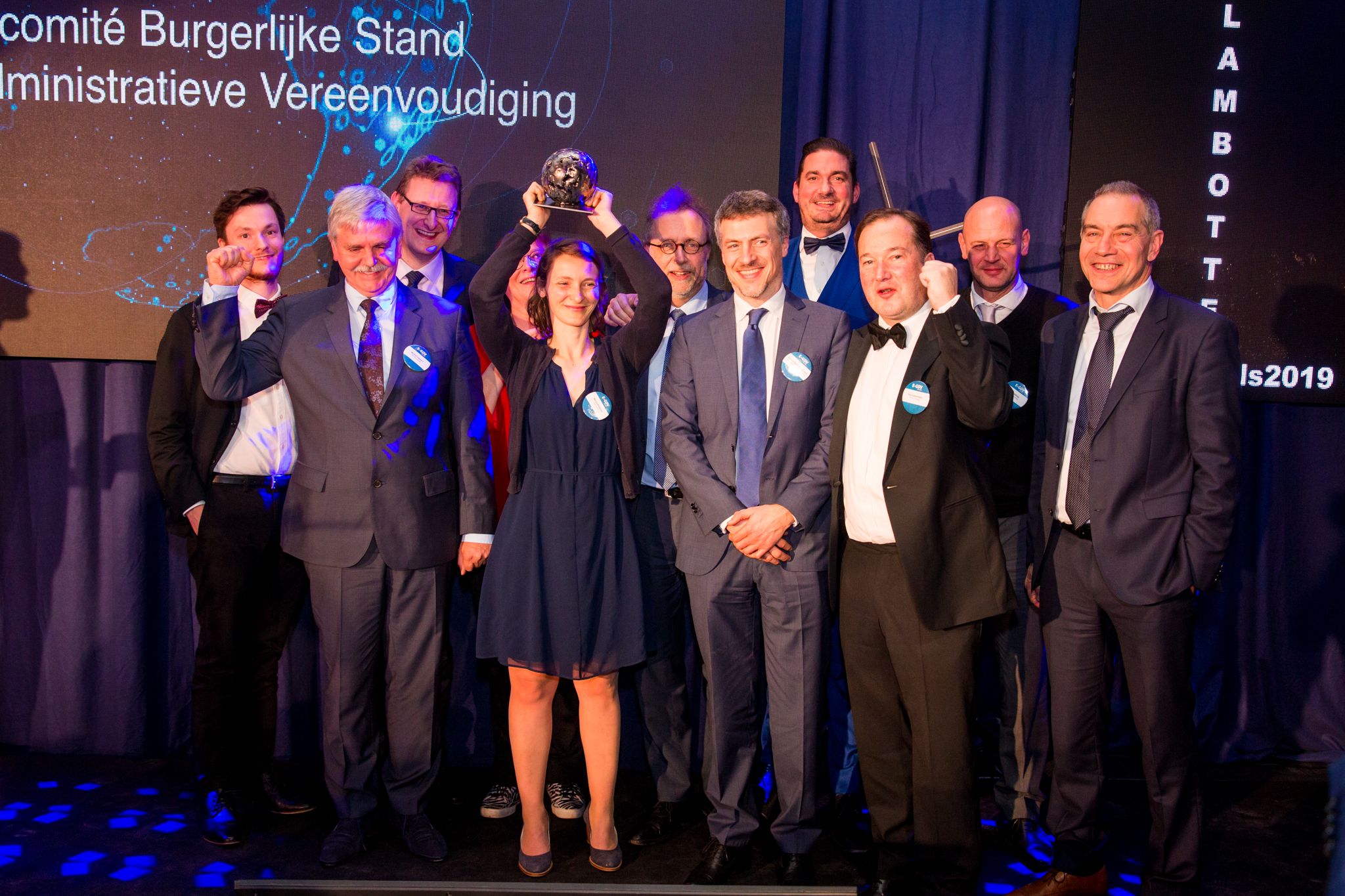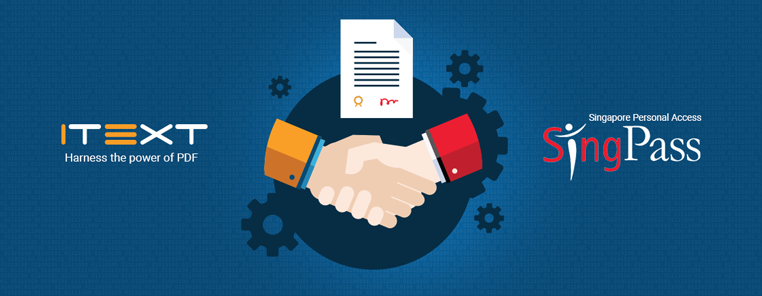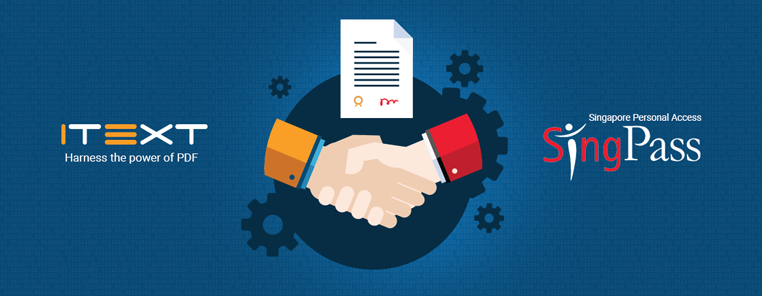iText had the pleasure of interviewing Michel Luypaert, IT Program Manager at DXC Technology Belgium in relation to their recent amazing work for the Belgian government. The “DABS” project for digitalizing the civil registry has been a great success. In fact, in December 2019 the project received the Agoria e-Gov Award for Best Project of 2019. It was also declared the winner of the award in the Profitability subcategory.
DXC Technology is the world's leading business transformation and System Integrator company, helping customers harness the power of innovation to thrive on change. Born of the merger of CSC and the Enterprise Services business of Hewlett Packard, DXC serves nearly 6,000 private and public-sector enterprises across 70 countries.

Hello Michel. Can you give a brief introduction of yourself, and your responsibilities at DXC?
I am responsible for the DXC team that provides IT services to the DAV (Dienst Administratieve Vereenvoudiging or Administrative Simplification Service) and its partners under a framework contract. These IT services mainly concern the public and / or development of large-scale intersecting programs within the government involving multiple partners from the public and private sectors. The most recent program was the Modernization of the Civil Registry program, which involved collaboration with the Department of Justice, the Department of Internal Affairs, the Department of Foreign Affairs and the IT partners of the municipalities. As the program manager, I am responsible for general coordination within the framework of these programs.
What challenges did you face and overcome by partnering with iText?
Our primary challenge was to meet the concrete needs of the Modernization of the Civil Registry program, and we worked together with iText to develop iText DITO as a product with the features and functionality required for the task.
Where exactly did iText help DXC differentiate from other competitors?
iText DITO allows to quickly design and adjust reports via a graphical editor. This activity can largely be performed by functional analysts. Working in this way makes it possible to save time when managing reports.
iText DITO allows to quickly design and adjust reports via a graphical editor. This activity can largely be performed by functional analysts. Working in this way makes it possible to save time when managing reports.
What constitutes an ideal cooperation between 2 partners in your eyes?
I think the collaboration is ideal when there is a clear will among both partners to create a joint win-win situation where the partners strengthen each other when developing a solution. Or, to put it another way, 1 + 1 = 3, where added value results from the synergy between partners.
Could you give some concrete examples on the level of teamwork and support received from iText?
Throughout the period of collaboration, there were several design / test sessions where DXC gave an overview of the needs and requirements of the program and where iText proposed solutions to meet these needs. This Agile way of working together has resulted in the addition of multiple functionalities that were not initially present in iText DITO. Even when we encountered problems when using the new tool, we could count on active support from iText. A Slack communication channel was even set up to optimize communication between the iText DITO team and DXC’s developers.
We experienced the cooperation with iText as very positive, and we look forward to working together in new projects,
It’s good to hear the collaboration on this project was a success. Moving on, I believe this has led to DXC working on the implementation of a National Digital Identity system?
Within the context of the Civil Registry Modernization program, the DXC team worked very actively with the National Register team and as a result has amassed important knowledge and experience with regard to the way in which a National Digital Identity system was set up in Belgium.
Furthermore, DXC experts supported the National Register team in designing the solution for the new eID card and guiding the purchase procedure. This knowledge and experience will be applied in other international programs.
DXC experts supported the National Register team in designing the solution for the new eID card and guiding the purchase procedure. This knowledge and experience will be applied in other international programs.
Have you experienced an increase in demand for document workflow projects where digital signing and securing PDFs is required?
We notice a trend to exchange more and more evidence in electronic form. This is also a requirement of the Single Digital Gateway Resolution. When this evidence is exchanged electronically, it is important that its authenticity is ensured with the addition of a secure electronic seal or signature.
How would you explain the increase in popularity for low code wizard like dev tools?
There is a general demand to work more Agile, to deliver solutions faster and at a lower cost. Productivity tools such as iText DITO, where mock-ups can be made quickly that can be easily adjusted, fit in well with this.
What’s your vision on further future cooperation?
We experienced the cooperation with iText as very positive, and we look forward to working together in new projects,
Thanks for talking to us Michel, and we look forward to working with DXC again soon!
Feel free to read up on our blog post series below for System Integrators on global National Digital Identity Programs.
System Integrator Series
- Introduction:
Introducing 5 reasons why a global surge in National Digital Identity Programs requires Digital Document Workflow reviews. - Reason 1:
Enormous new market potential for both SIs and Customers due to National Digital Identity Programs. - Reason 2
High adoption rates for National Digital Identity Programs cause high demand for digital document workflow integrations. - Reason 3:
Strict screening and lengthy application procedures for National Digital Identity Program integrations. - Reason 4:
Proactive vs reactive behavior with National Digital Identity Program integrations. - Reason 5:
Digital Signing features in National Digital Identity Programs affect document workflows. - Conclusion:
National Digital Identity Program business opportunities.


